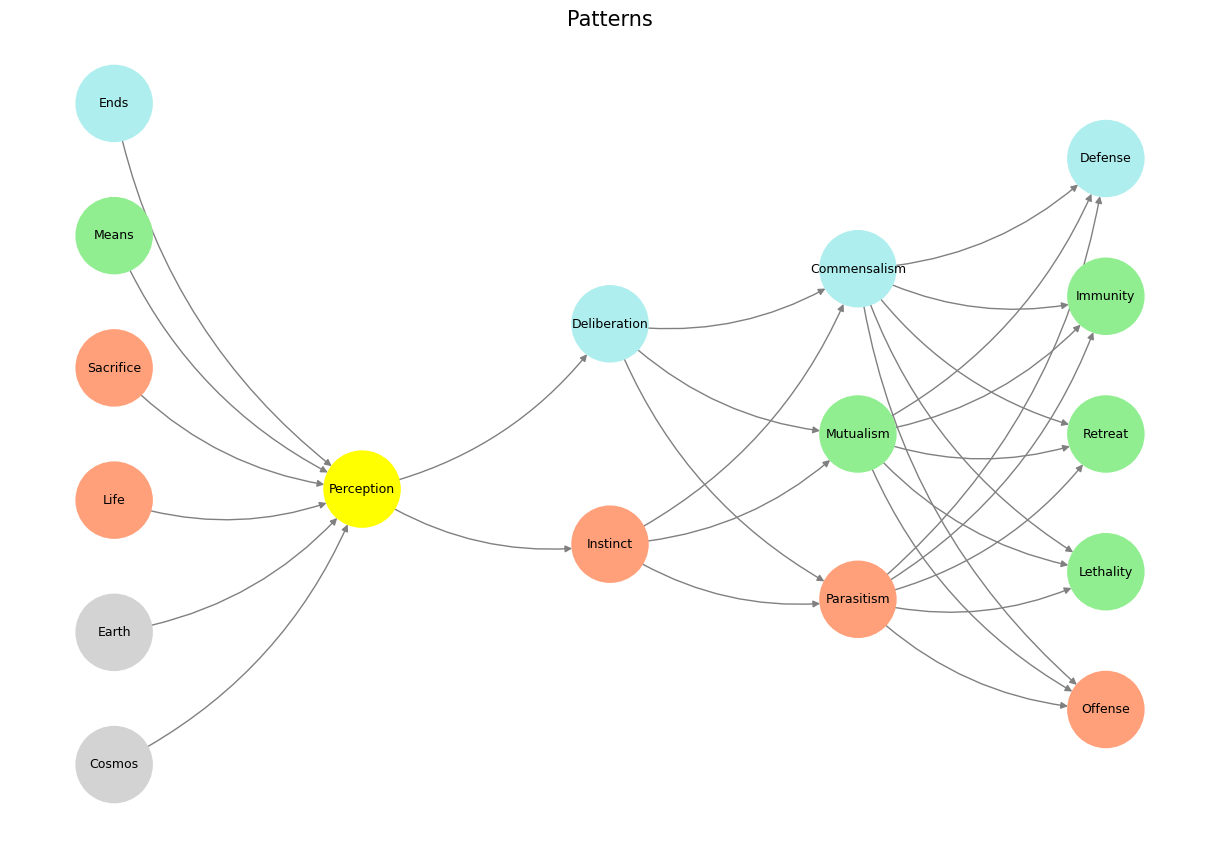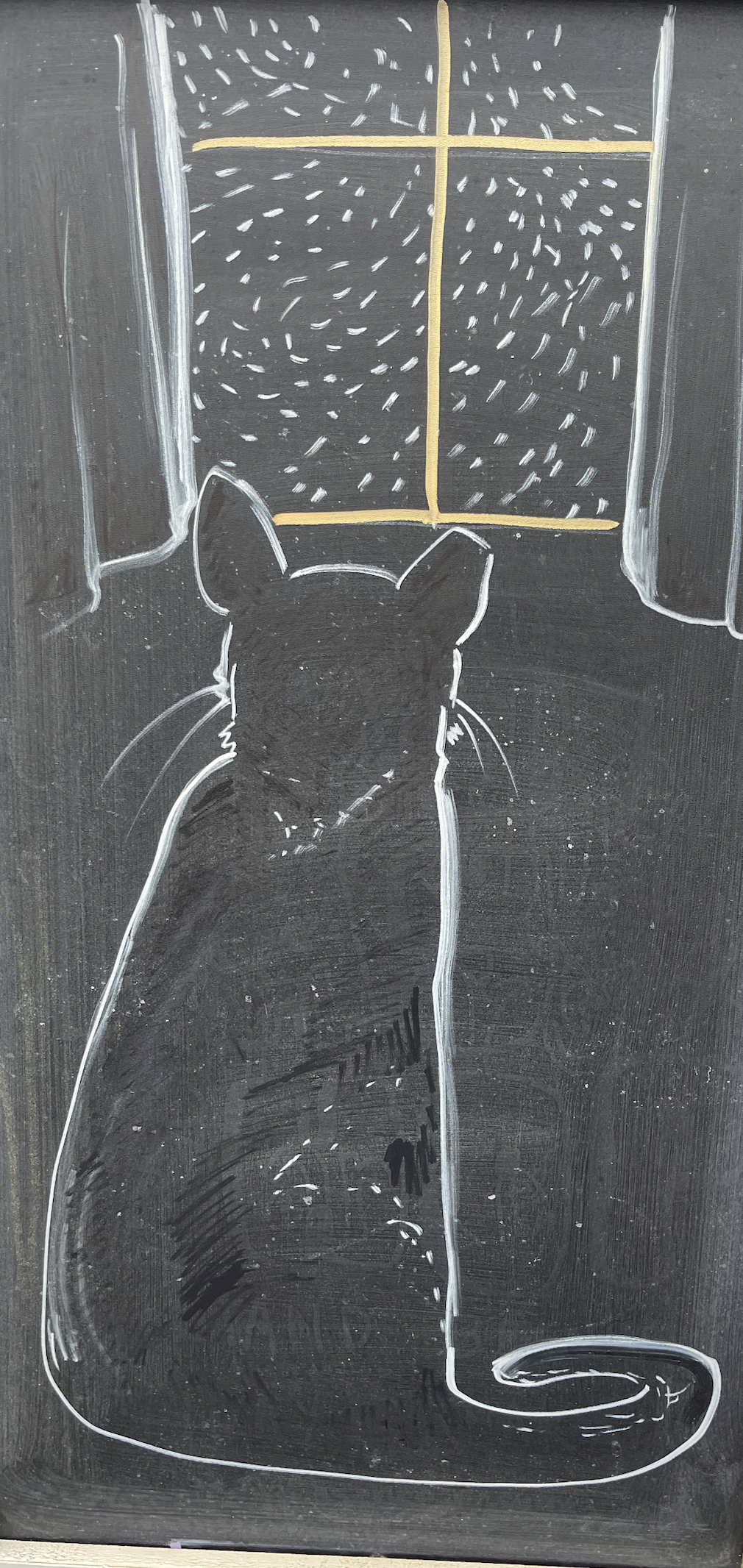Anchor ⚓️#
The Artifice of Authority and the Red Queen’s Race#
Falstaff’s parody of Henry IV in Henry IV, Part 1 is a masterstroke of theatrical recursion. His exaggerated imitation of the moralizing king, while Hal indulges in the charade, is more than comedic farce. It is a profound commentary on the fragility of authority and the illusions that sustain it. Shakespeare, the consummate playwright-philosopher, imbues this moment with layers of critique, veiled in humor to ensure its palatability—a strategy not unlike George Lucas’s pivot from THX 1138 to Star Wars. Both artists understood that raw truth, unmediated, is intolerable, but truth wrapped in myth or parody becomes digestible.
Falstaff’s mock-sermon oscillates between the absurd and the incisive, forcing the audience to confront the contradictions of power. His satirical imitation of the king reveals that authority is often nothing more than a better-dressed Falstaff—performing virtue while consolidating power. The king, who collects taxes under the guise of divine right, is not fundamentally different from a thief. Yet, Shakespeare shrouds this critique in humor, much like Lucas cloaks existential truths in the mythology of the Force.
Cloaking Truth in Mythology: Shakespeare and Lucas#
George Lucas’s trajectory from THX 1138 to Star Wars mirrors Shakespeare’s approach to layering truth within narrative artifice. THX 1138 was a stark, unflinching portrayal of humanity trapped in a dystopian Red Queen’s race—a system where endless effort merely sustains equilibrium. The film’s failure was not due to a lack of quality but to its refusal to offer the audience a symbolic cushion. It exposed the mechanics of power and survival too directly, leaving no room for myth or illusion.
Lucas learned from this and retreated into nostalgia with American Graffiti, a comforting narrative where the stakes are personal, not systemic. This film, like Falstaff’s parody, creates a safe space for reflection without demanding direct confrontation. But Star Wars synthesizes these lessons into a masterpiece of myth-making. Lucas embeds the Red Queen hypothesis—the endless struggle to maintain balance—within the symbols of rebellion, heroism, and destiny. The audience consumes these symbols eagerly, often without realizing they encode the same existential truths that THX 1138 made explicit.
The Question to Be Asked#
Falstaff’s juxtaposition of the “question not to be asked” (whether the sun should eat blackberries) with the “question to be asked” (whether the prince should steal purses) is the fulcrum of his critique. It points to society’s selective moral outrage and its willingness to excuse authority while condemning its shadows. This selective blindness mirrors the audience’s relationship with mythological narratives: we consume symbols that comfort us but resist those that challenge our illusions.
Oscar Wilde’s preface to The Picture of Dorian Gray resonates here. Wilde warns that to “go beneath the symbol” is perilous—it strips away the illusion and leaves us face-to-face with the unvarnished mechanics of power, survival, and desire. Yet to remain content with the symbol fosters complacency and blinds us to the deeper truths that could guide us toward genuine understanding. Falstaff’s mockery of the king navigates this tension, allowing us to glimpse the hypocrisy of power without shattering the illusion entirely.
Artifacts and Aspiration#
In the context of your triadic framework—God, Man, Artifacts—Falstaff occupies the liminal space between Man and Artifact. He is both an individual with desires and an artifact of the social order, a mirror reflecting the contradictions of his time. His performance as Henry IV underscores the tension between immutable laws (La Règle), the perpetual struggle of evolution (du Jeu), and the aspiration for enlightenment (Le Grande Illusion).
The Red Queen’s race is encoded into every facet of this scene. Falstaff, as both jester and truth-teller, embodies the endless treadmill of survival. His wit and indulgence mask the deeper reality: that life’s struggles—whether for power, virtue, or survival—are unceasing. The aspiration for enlightenment, represented by Hal’s eventual transformation, is always shadowed by the compromises and illusions that make it bearable.
The Theater of Survival#
Falstaff’s parody, like Lucas’s mythology, is a theater of survival. It allows us to confront the unbearable truths of existence—authority’s artifice, life’s treadmill, the Red Queen’s race—without succumbing to despair. Shakespeare and Lucas both understood that truth, like pitch, defiles those who handle it too openly. To survive, it must be cloaked in comedy, nostalgia, or myth.
Yet the question remains: how far can we go beneath the symbol without losing the illusion that sustains us? Falstaff, Wilde, and Lucas offer no answers, only a framework for grappling with the paradox. We laugh at Falstaff, cheer for Luke Skywalker, and ponder Dorian Gray, but beneath the laughter, the cheers, and the pondering lies the same unyielding truth: the race goes on.
Show code cell source Hide code cell source
import numpy as np
import matplotlib.pyplot as plt
import networkx as nx
# Define the neural network structure
def define_layers():
return {
'World': ['Cosmos', 'Earth', 'Life', 'Sacrifice', 'Means', 'Ends', ],
'Perception': ['Perception'],
'Agency': ['Instinct', 'Deliberation'],
'Generativity': ['Parasitism', 'Mutualism', 'Commensalism'],
'Physicality': ['Offense', 'Lethality', 'Retreat', 'Immunity', 'Defense']
}
# Assign colors to nodes
def assign_colors():
color_map = {
'yellow': ['Perception'],
'paleturquoise': ['Ends', 'Deliberation', 'Commensalism', 'Defense'],
'lightgreen': ['Means', 'Mutualism', 'Immunity', 'Retreat', 'Lethality'],
'lightsalmon': [
'Life', 'Sacrifice', 'Instinct',
'Parasitism', 'Offense'
],
}
return {node: color for color, nodes in color_map.items() for node in nodes}
# Calculate positions for nodes
def calculate_positions(layer, x_offset):
y_positions = np.linspace(-len(layer) / 2, len(layer) / 2, len(layer))
return [(x_offset, y) for y in y_positions]
# Create and visualize the neural network graph
def visualize_nn():
layers = define_layers()
colors = assign_colors()
G = nx.DiGraph()
pos = {}
node_colors = []
# Add nodes and assign positions
for i, (layer_name, nodes) in enumerate(layers.items()):
positions = calculate_positions(nodes, x_offset=i * 2)
for node, position in zip(nodes, positions):
G.add_node(node, layer=layer_name)
pos[node] = position
node_colors.append(colors.get(node, 'lightgray')) # Default color fallback
# Add edges (automated for consecutive layers)
layer_names = list(layers.keys())
for i in range(len(layer_names) - 1):
source_layer, target_layer = layer_names[i], layer_names[i + 1]
for source in layers[source_layer]:
for target in layers[target_layer]:
G.add_edge(source, target)
# Draw the graph
plt.figure(figsize=(12, 8))
nx.draw(
G, pos, with_labels=True, node_color=node_colors, edge_color='gray',
node_size=3000, font_size=9, connectionstyle="arc3,rad=0.2"
)
plt.title("Patterns", fontsize=15)
plt.show()
# Run the visualization
visualize_nn()


Fig. 4 How now, how now? What say the citizens? Now, by the holy mother of our Lord, The citizens are mum, say not a word.#

